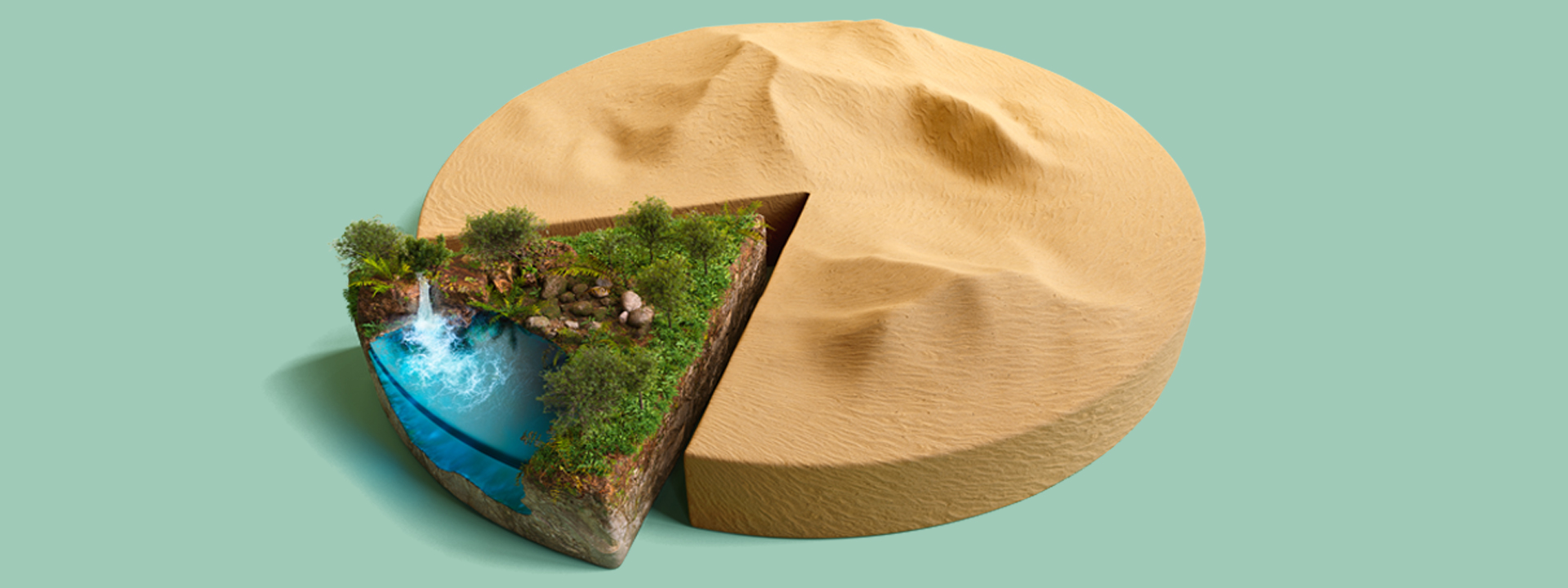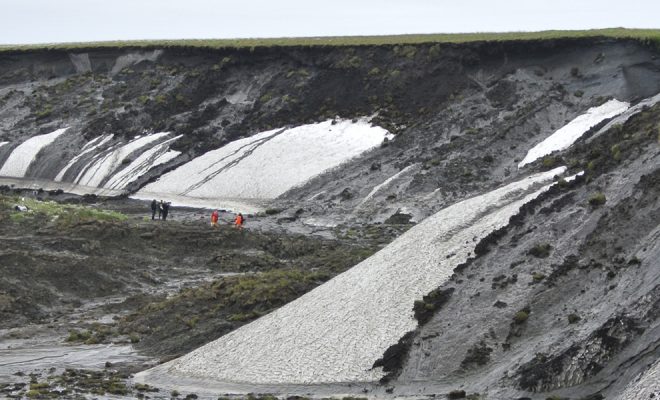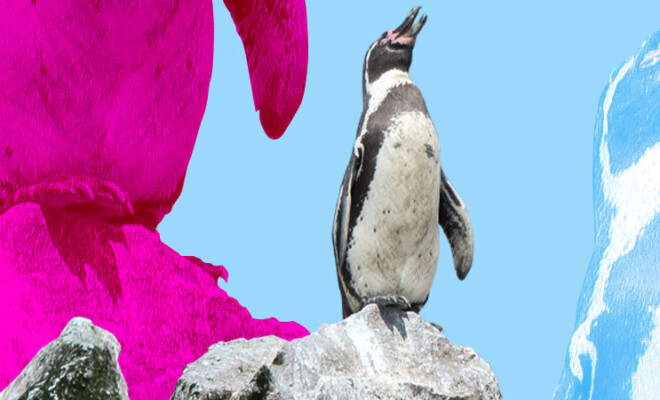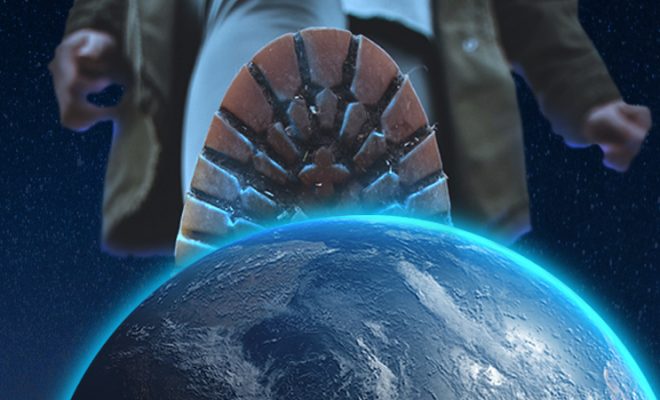It has been dubbed the Doomsday Vault, but beyond the apocalyptic connotations, the high-tech repository that stores millions of seeds on the Norwegian island of Svalbard is designed to ensure that our species (Homo sapiens) can continue cultivating food in the future, regardless of any planetary catastrophes that may arise. This chamber, located 1,300 kilometres from the North Pole, is built within a rock massif that is resistant to earthquakes, volcanic eruptions, and nuclear explosions. At 130 meters above sea level, it would remain well above the waters in the event of a total global meltdown.
This seed bank is a consequence of the International Treaty on Plant Genetic Resources for Food and Agriculture, drafted in 2001 by the FAO, whose Article 7 highlights the importance of ‘enhancing activities aimed at conservation, evaluation, documentation, genetic enhancement, plant breeding, and seed multiplication.’
The FAO raised the alarm due to the progressive deterioration of traditional agriculture in the face of pressure from industrialized and extensive farming, which tends towards monoculture. This has caused a loss of cultivated species, which has been increasing over the past two decades.
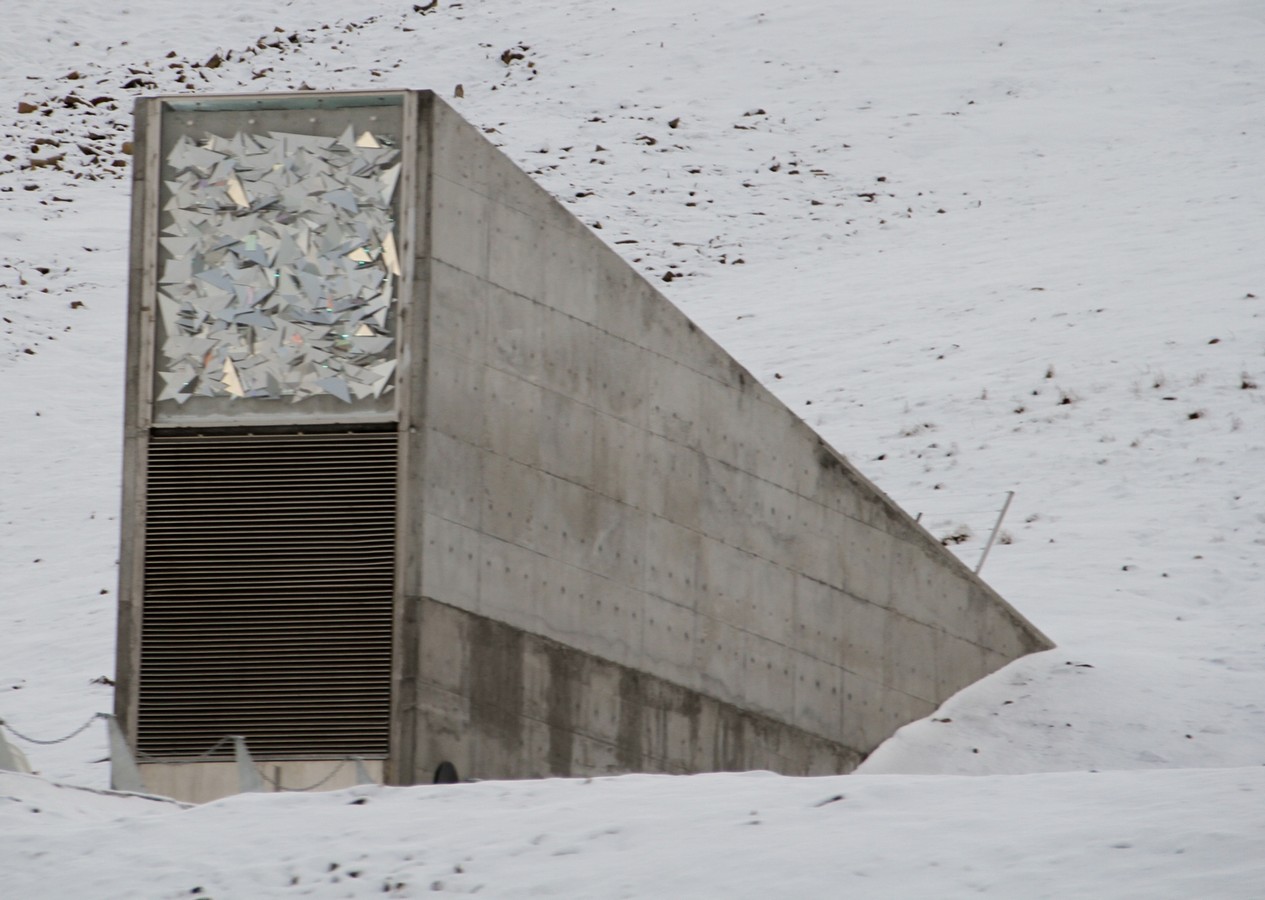
Svalbard Global Seed Vault. ©Adventdalen_
Nuclear Threat: The First Precedent
The cataclysm-resistant requirements have led to the term ‘doomsday’ without this apocalyptic contingency being part of the FAO’s initial idea. However, there is an initiative, little discussed at the time, that was indeed conceived to preserve human and animal species in the event of a global catastrophe. In 1972, pathologist Kurt Benirschke designed the first frozen zoo, established in San Diego, to safeguard the living cells of critically endangered animals. In the zoo, genetic materials such as DNA or living tissue are collected and stored at low temperatures in liquid nitrogen chambers, which are also catastrophe-proof.
While the Svalbard chamber focuses on the threat of accelerated loss of plant and agricultural biodiversity, the San Diego zoo has a much broader mission. It aims to protect over 44,000 species, which account for a staggering 28% of the total biosphere and are currently under threat of extinction. During the Cold War, the frozen zoo was even considered a potential last line of defense for our species in the event of a nuclear holocaust, a threat that has recently resurfaced due to geopolitical tensions.
Facing theSixth Mass Extinction?
Biologically, a species is considered extinct when its last individual dies. A ‘mass extinction’ goes beyond biology and incorporates palaeontology and geology: it is the loss of at least 70% of species over the long term (hundreds of thousands to millions of years) or when 10% or more become extinct in less than a year.
While we are currently operating within a relatively safe margin, the latest data paints a grim picture. It shows a disturbing acceleration in the degradation of the biosphere, primarily due to pollution and global warming. This underscores the importance of our international commitment to the preservation of these life chambers. The potential for a mass extinction is no longer a distant concept, but a tangible threat. It is a stark reminder of the crucial role each of us plays in environmental preservation and the urgency of our actions.
If this is the case, it would be the sixth in the history of our planet. Nearly all palaeontologists and geologists agree that there have been five mass extinctions in the history of life on Earth; they occurred successively about 443, 370, 252, 201, and 65.5 million years ago. In all of them, more than 70% of species disappeared. The third, the Permian-Triassic extinction, stands out and is known in scientific jargon as ‘The Great Dying,’ when 252 million years ago, the biosphere lost more than 96% of its species.
The causes were climatic changes (glaciations and overheating), massive volcanic activity, and meteorite impacts, sometimes a combination of these factors. For example, it is believed that The Great Dying was caused by volcanic eruptions that acidified the soil and sea and released huge amounts of gases into the atmosphere, increasing its temperature by about 5ºC.
The most renowned of these extinctions is the fifth, known as the extinction of the dinosaurs. About 65.5 million years ago, a meteorite over 10 km in diameter collided with the coast of the Yucatan Peninsula. The energy released from this impact was cataclysmic, creating a shock wave that obliterated any living being within hundreds of kilometres, triggering massive tsunamis, and vaporizing thousands of tons of sulfurous rocks. These events led to the acidification of the oceans and a prolonged period of darkness, blocking the sun for years.
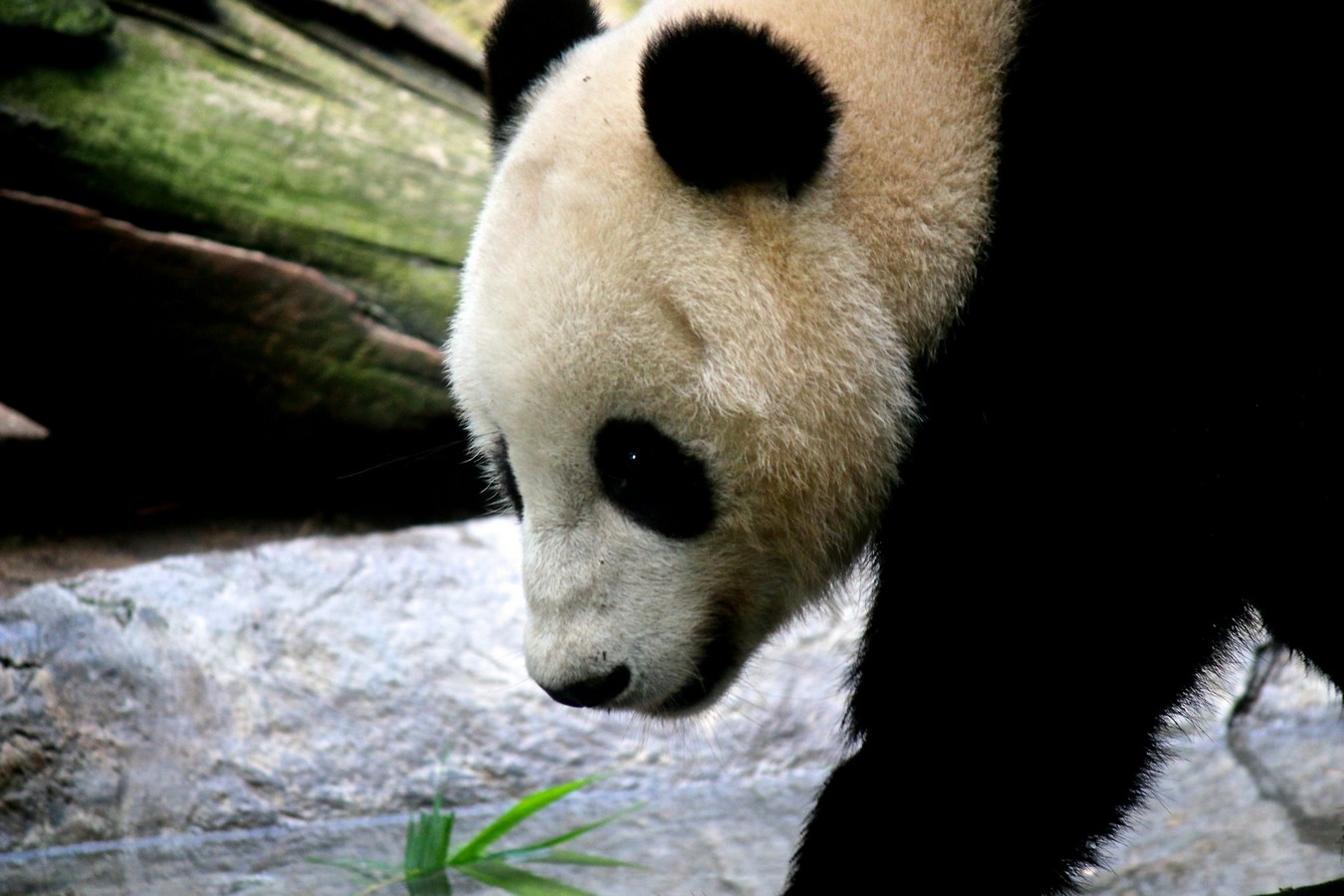
The San Diego zoo aims to protect over 44,000 species, which account for a staggering 28% of the total biosphere and are currently under threat of extinction. © Victoria Landavazo /unplash
Learning from Our Mistakes with the Water Cycle
A third preservation project confirms that the possibility of mass extinction is on the minds of many scientists and leaders. Beyond seeds and DNA, information is power; preserving it in case of catastrophe means the power of survival. In the event of mass extinction, surviving humans, which there surely would be, could turn to the Earth’s Black Box in Tasmania, a steel monolith built with solar panels and batteries, also resistant to all kinds of cataclysms.
Similar to aeroplane black boxes, it will contain all information related to changes in land and sea temperatures, ocean acidification, the number of greenhouse gases emitted, and global energy consumption. The integrated hard drives in the system have already begun recording algorithms and conversations since the COP26 climate summit in Glasgow. The most important documentation includes climate data concerning changes in the water cycle and their consequences on human communities. Freshwater pollution is responsible for 80% of ocean degradation, and climate change manifests itself for both humans and biodiversity through alterations in the water cycle.
The purpose of the facility, reminiscent of the dystopian Mad Max saga, is to provide eminently scientific data to hypothetical survivors. It offers valuable information on the process that would have led to the degradation of the biosphere beyond the habitable limit, in the hope that they do not repeat our mistakes.
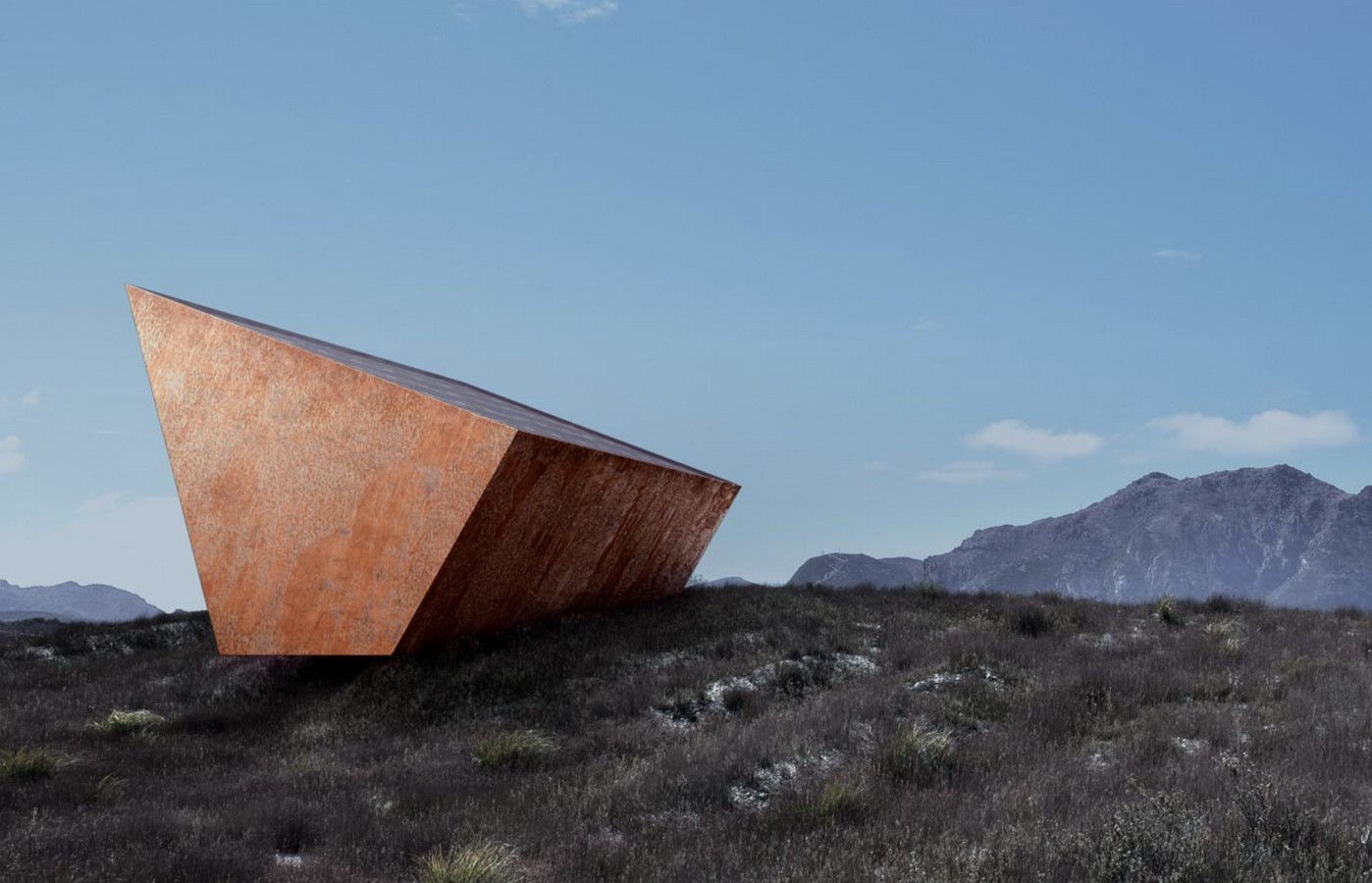
The Earth’s Black Box in Tasmania, a steel monolith built with solar panels and batteries, also resistant to all kinds of cataclysms. ©Copyright 2024, Earth&aposs Black Box
The Biosphere Always Survives
The rate of species extinction has been relatively moderate in the last few million years; however, it has increased considerably in the last couple of decades, and recent studies reveal that it is currently several orders of magnitude higher than in the previous two million years. This could trigger tipping points with unpredictable but surely disastrous consequences for the balance of ecosystems.
This process is anthropogenic. Although it is too early to confirm, climatologists are studying whether the enormous volume of CO2 released could provoke a scenario similar to some catastrophes caused by volcanic eruptions.
The mass extinctions that have occurred so far show one piece of evidence: the biosphere always survives. For example, after the Permian-Triassic Great Dying, dinosaurs emerged, and the great cataclysm that extinguished them facilitated the rise of mammals; in other words, we came from a mass extinction.
Things have changed: we are in the Anthropocene and have an inevitable anthropocentric view of what happens on Earth; no species has ever had the conscious power to alter its environment, and we have done so. It is now crucial that we use this power to avoid the worst, as the clock is ticking and the consequences of our inaction could be dire.


